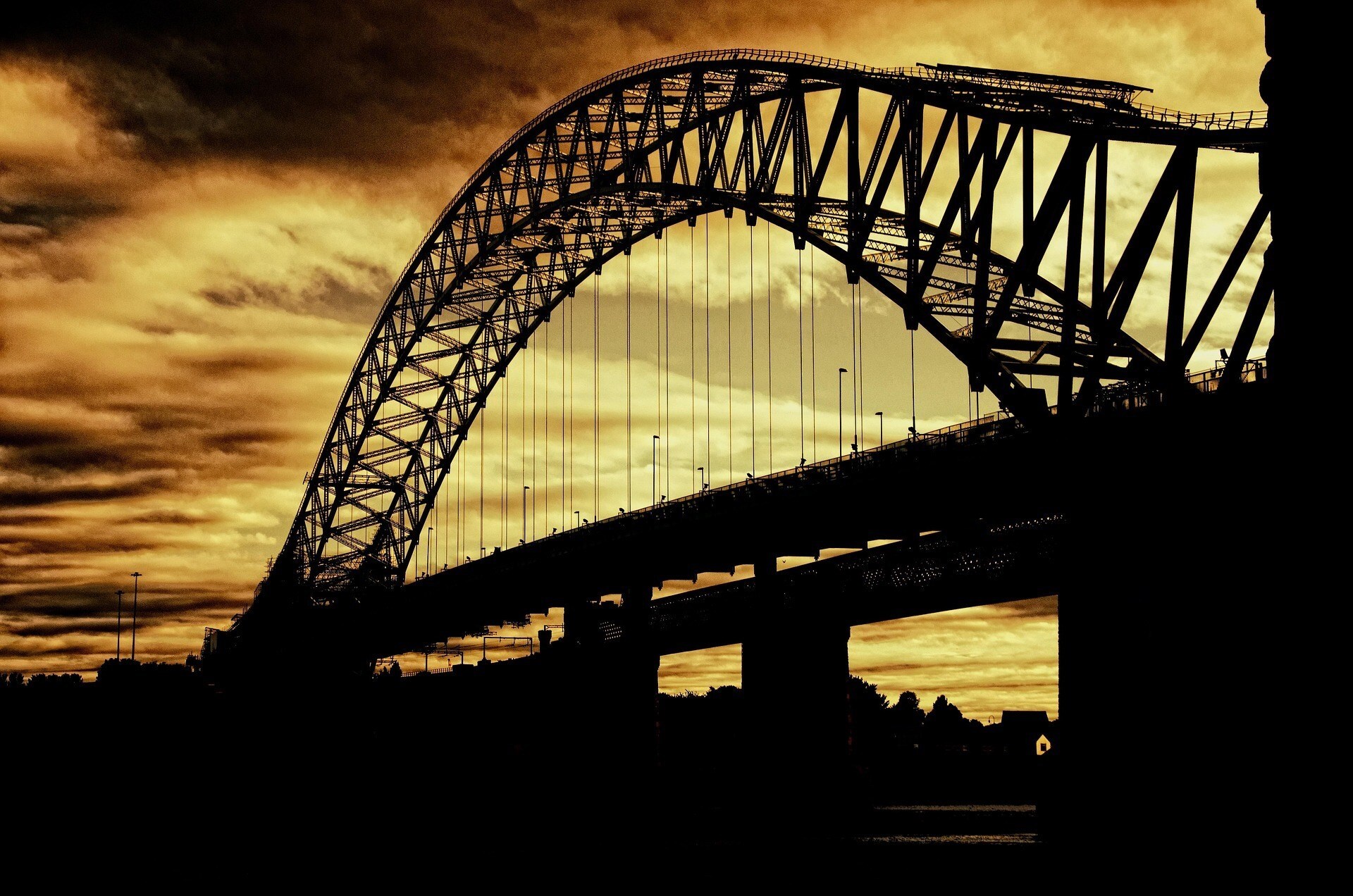

When the first whispers of Hangarbrua being called by the engineers as “We think we can build a bridge entirely from recycled aluminium,” it was as jaw-dropping as it could have been. A bridge, that too from old oil-platform scrap? It sounded daring. But daring is sometimes the cradle of change.
 Image for representational purpose only
Image for representational purpose only
Trondheim, Norway — crisp air, evolving skyline, and a gap across the railroad tracks waiting to be bridged. The city was growing, its bike and pedestrian routes pushing outward, and the Public Roads Administration wanted something bold. Not just a bridge — a symbol. They needed a structure that would speak to what we could aspire to: resilience, minimal impact, circularity.
That’s where Leirvik AS, Hydro, Aker, Stena, COWI, NTNU, SINTEF and others entered into a pact of trust and ambition. No prefab steel, no standard concrete. Instead: aluminium. But not new, virgin aluminium — recycled metal rescued from the Gyda oil platform that had stood in the North Sea for decades.
The Gyda platform, dismantled between 2021 and 2025, was once a product of extraction. But when its life ended, it whispered of new beginnings. A platform to bridge would be a transformation that would take sorting, melting, refining, and re-profiling. Stena Recycling sorted the scrap; Hydro’s Swedish plants processed and produced new profiles. That chain of partners, wherein each stepping carefully, but daringly, made what seemed improbable into reality.
The bridge, named Hangarbrua, is 55 meters long, 9 meters wide, 60 tonnes of recycled aluminium. Because aluminium is light and strong, it could be assembled off-site and lifted into position — minimising disruption to train traffic below.
We ran the numbers. Using recycled aluminium here cuts CO₂e emissions by 70 per cent compared to a stainless-steel alternative. That’s not a marginal gain but a leap. (COWI’s life cycle assessment backs that).
But beyond climate math, there’s the future. Sensors embedded into the bridge will monitor its behaviour over time, feeding data to researchers and designers. This is a living experiment in circular design — bridging past, present, and future with intention.
When the ribbon was cut on September 30, 2025, it wasn’t just a bridge opening. It was a statement: that waste can become wonder; that cities can choose materials with conscience; that the structures we build today should carry forward, not weigh down, the planet tomorrow.
Hangarbrua connects more than two banks. It connects ideas: reuse and innovation, industrial legacy and sustainable future.
Also read: Mercedes-Benz bets on low-carbon aluminium to reshape EV emissions
Responses








